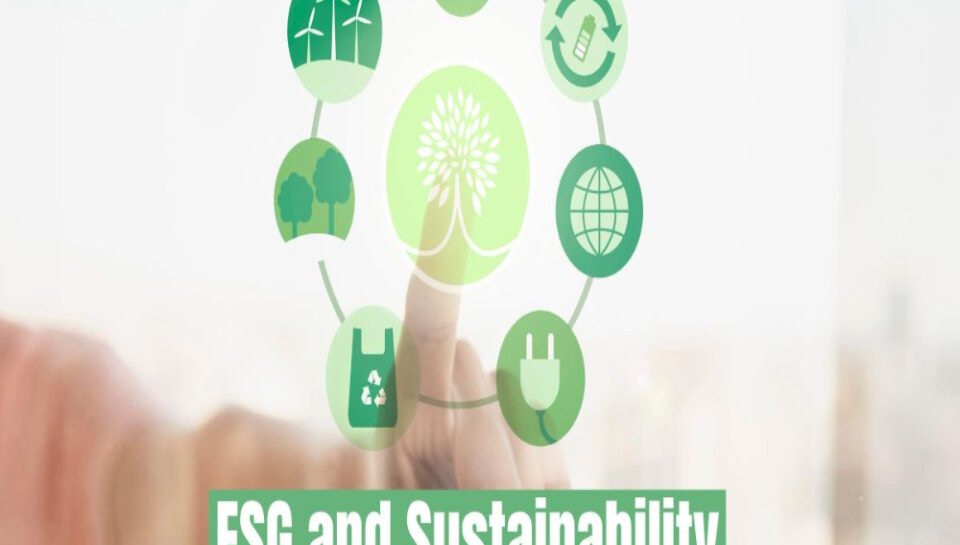
How do firms align stationery design with ESG/sustainability?
1. Choosing Sustainable Materials
Aligning stationery with ESG (Environmental, Social, and Governance) goals begins with selecting eco-friendly materials that reduce environmental impact. Companies increasingly prioritize responsible sourcing and production choices.
- Use recycled paper, FSC-certified stock, or tree-free alternatives like cotton rag or bagasse
- Opt for plant-based inks (soy or vegetable) instead of petroleum-based variants
- Eliminate plastic lamination; choose matte or water-based coatings for recyclability
- Replace leatherette or synthetic covers with organic cotton, cork, or jute
- Avoid over-packaging and select minimalist, reusable containers or folders
2. Reflecting ESG Messaging in Design Language
Design can communicate the company’s ESG commitment through visual cues, storytelling, and subtle callouts integrated into stationery items.
- Include sustainability statements or icons (e.g., “100% recycled,” “carbon neutral print”) on back covers or footers
- Feature infographics or micro-copy about the company’s ESG initiatives in internal notebooks or planners
- Use earth-toned color palettes or natural textures to signal eco-conscious values
- Integrate quotes or stats on climate action, ethical sourcing, or community impact
- Brand positioning lines can include sustainability-oriented phrases or ESG mission tags
3. Minimizing Waste Through Smart Format Design
Beyond materials, sustainable stationery avoids excess by being designed efficiently. The format, size, and usage lifespan are optimized for minimal environmental impact.
- Use modular inserts or refillable pages instead of fully disposable notepads
- Design notebooks with multi-functional layouts (e.g., notes + task planner + goal tracker) to reduce redundancy
- Avoid oversizing—keep to standardized formats (A5, A4) to reduce offcut waste
- Eliminate unnecessary page counts in brochures or diaries to reduce production load
- Design folders or kits to be reusable as document holders or organizers
4. Prioritizing Local and Ethical Sourcing
Sustainability extends to how and where materials are produced. Firms committed to ESG often choose local artisans or suppliers that follow ethical practices.
- Partner with rural craft clusters or local printing cooperatives for production
- Ensure vendors follow fair wage, safe labor, and non-toxic material guidelines
- Highlight the origin of materials (e.g., “Handcrafted in Tamil Nadu using recycled cotton paper”)
- Promote supply chain transparency through QR codes or vendor callouts on packaging
- Align with social enterprises for kits that support marginalized communities
5. Monitoring and Reporting ESG-Aligned Design Impact
Firms may track and showcase how their stationery choices contribute to ESG reporting goals, especially when targeting B2B or investor-facing communications.
- Include carbon savings or impact numbers in internal sustainability dashboards
- Offer ESG teams templates to record materials, waste reduction, or reuse rates
- Request certificates or impact sheets from printing partners or suppliers
- Add stationery to annual ESG disclosures as part of branding and procurement data
- Use employee feedback on sustainable kits to refine design and usage over time





